|
By Lindy Brigham I have been in the neighborhood since 1992, I live in Rancho Morado and am currently the RillitoBend Neighborhood President. As a retired Plant Pathologist, my interest in plants is the many ways they have developed to avoid being eaten.
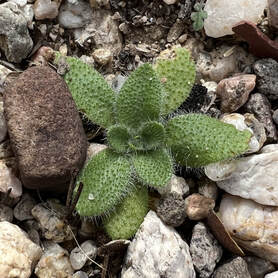 The Popcorn-flower can first be seen the beginning of January in the Rio Vista Natural Resource Park. The leaves, which look a bit fuzzy, come out of the base in a radial pattern parallel to the ground. In the next stage, the leaves start to grow upward and the plant puts out shoots with tiny white flowers. The quarter in the middle picture gives a sense of scale.
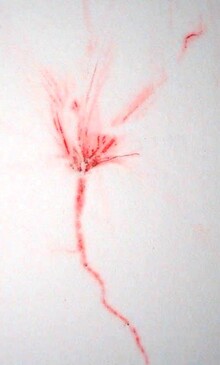 Press a plant on a piece of paper and the dye from the roots, stems and leaves will come off on the paper. The dye is in a class of chemicals called napthoquinones. Napthoquinones occur in several Borages as well as in other plant families, and are commonly used as dyes in fabric and cosmetics. Napthoquinones also have antimicrobial activity. (See 'READ MORE' below) This section includes some fairly in depth information on the Borage of the southwest and the napthoquinones found in these plants. Information on Plagiobothrys from several plant databases: SWbiodiversitity.org (SEINet) Southwest Desert Flora Wildflower Search Southeastern Arizona Wildflowers and Plants San Diego State University - this has pictures of the seeds (nutlets) Wayne's World - good pictures of nutlets and comparison with another plant called 'popcorn' Here are some of the other Borages that also come up in Spring with the Plagiobothrys in the Rio Vista Park. On the far left is Amsinckia, in the middle, Cryptantha, and on the far right, Lappula. As you can see, this chemical has significant anti-microbial activity. It is possible that Plagiobothrys (and other plants) make this chemical to protect themselves from bacteria and fungal pathogents. More about the possible role of the napthoquinones in plant defense against microorganisms can be found in Brigham et. al., 1998 I would like to thank the members of the RillitoBend Rambles Blog team (Mary Bird, Melanie Campbell-Carter, Estelle Stern-Eilers, and Vicky Stromee) for reviews and edits to the text. All photographs are by the author.
2 Comments
Susan Behrendt
3/20/2023 08:11:31 am
I’m interested enough to walk looking for the popcorn flower thanks
Reply
Lynne W. Brant
3/21/2023 03:33:51 pm
Lindy and Susan: Thank you for the enormous and informative articles. They are well-written, heavily researched, and give excellent 'common' explanations for those of us not well-versed in plant language. I am particularly appreciative of the effort you put into the articles to make them interesting, and the photos!!!!!!!
Reply
Your comment will be posted after it is approved.
Leave a Reply. |
RillitoBend Rambles shares images and stories of our neighborhood that support our core value of respect for our natural world. Participation is open to all, whether by subscribing to posts, commenting on stories, or submitting your own rambling adventure for publication.
Please sign up below to receive our postings Archives
April 2025
Categories
All
The RillitoBend Neighborhood also has a mailing list to keep people up to date on the goings on in the 'hood' Sign up Below
|

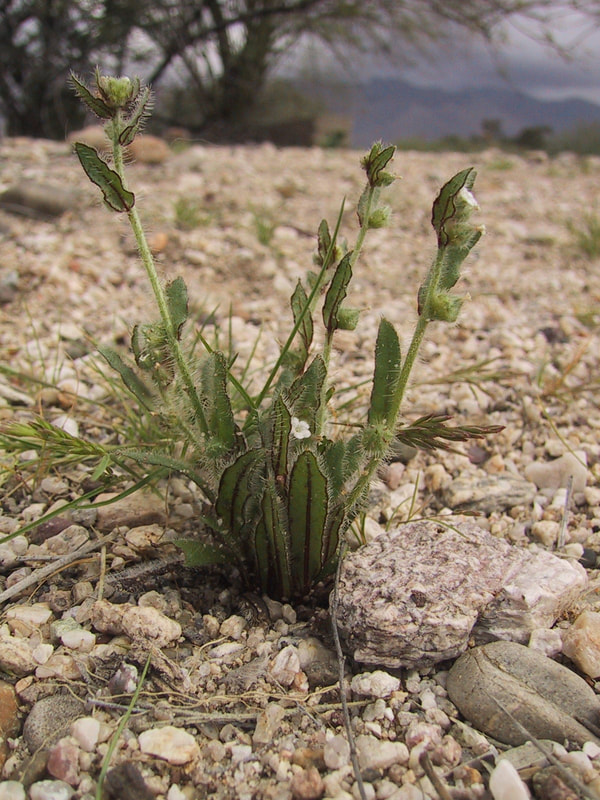
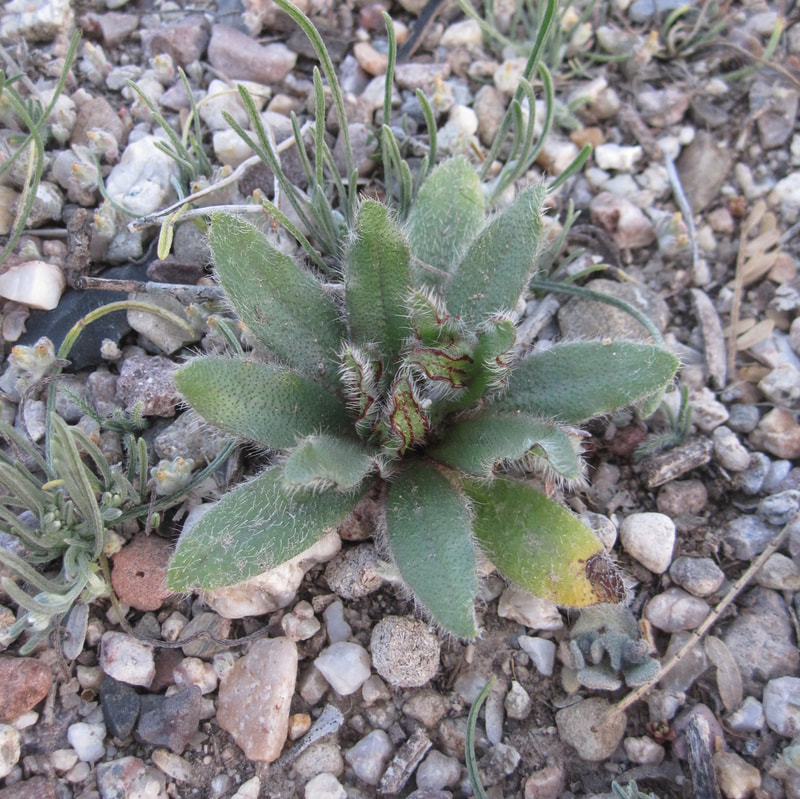
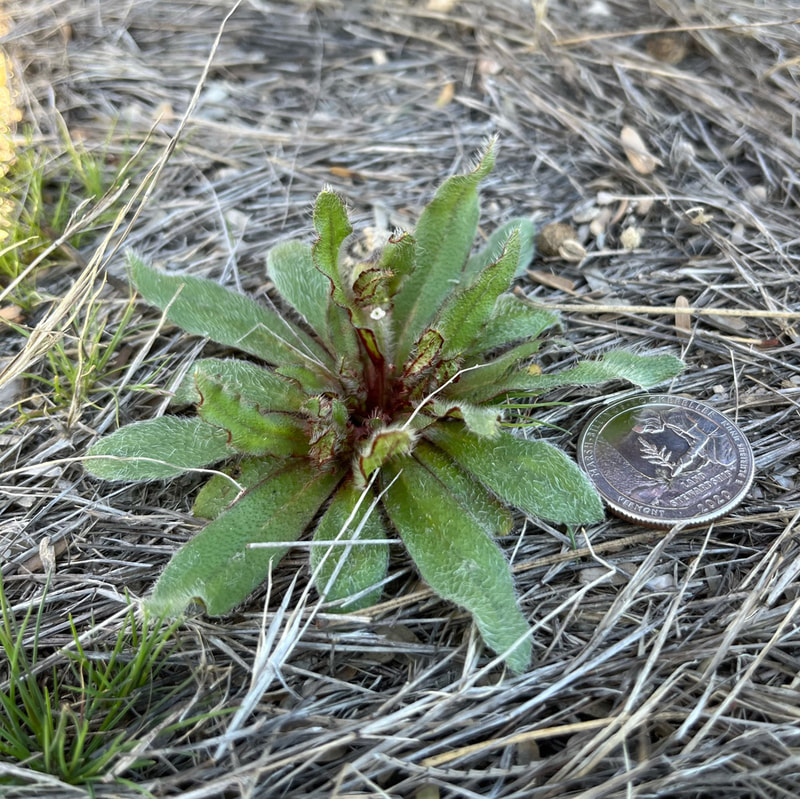
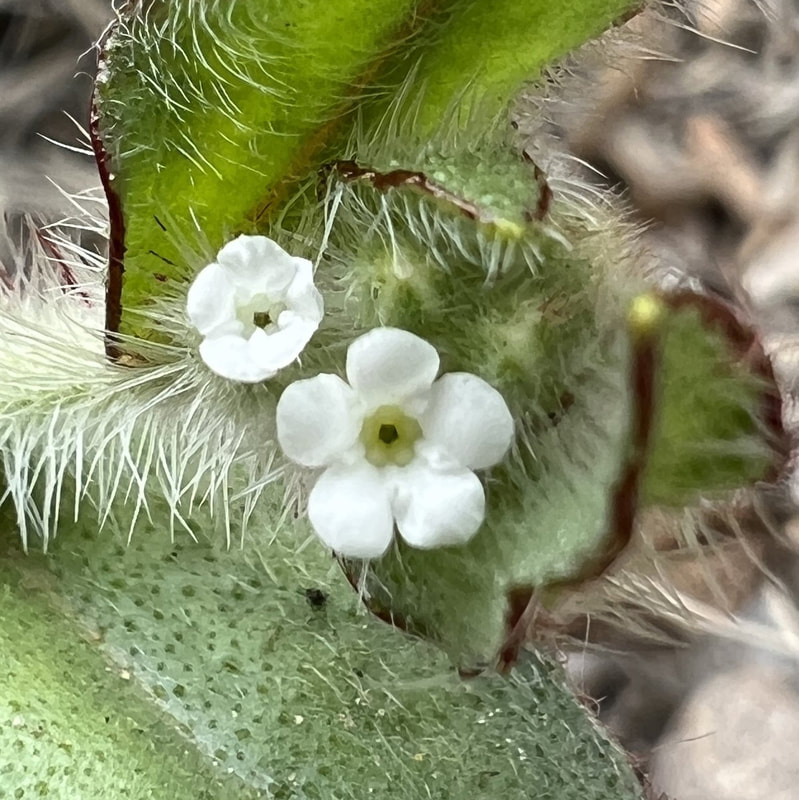
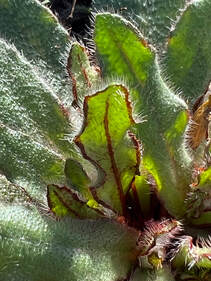
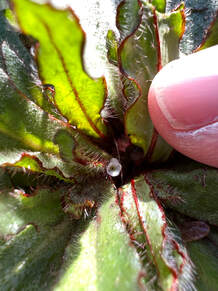

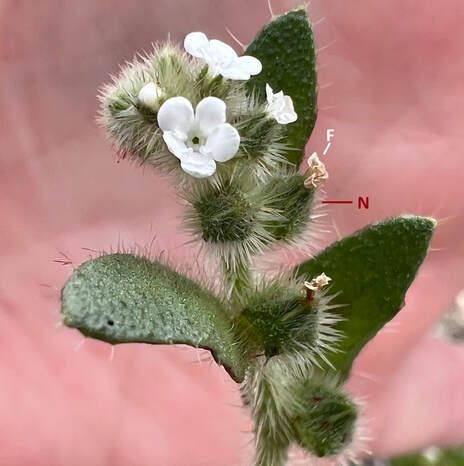
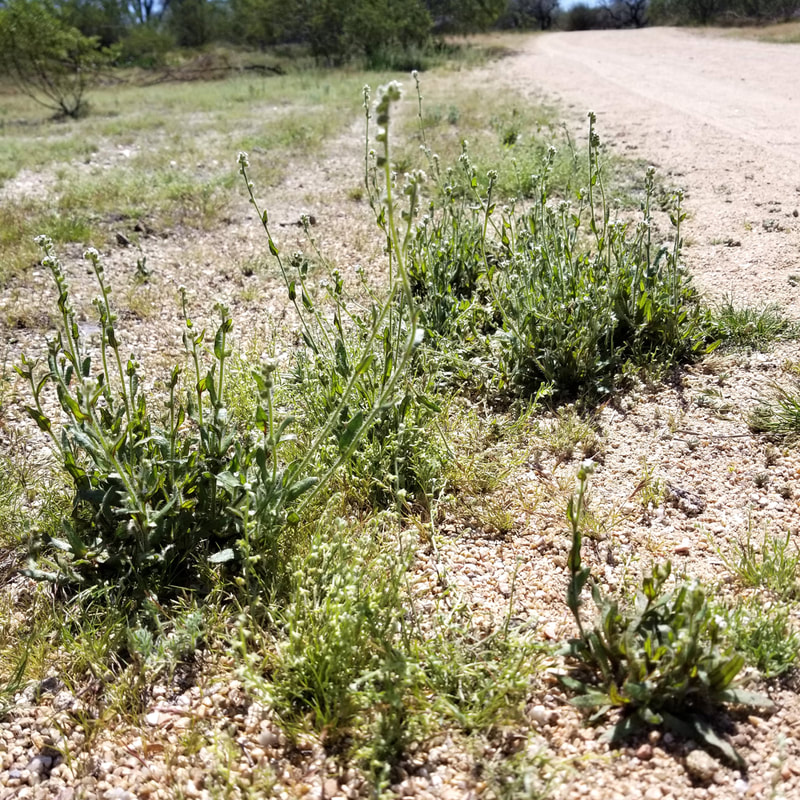
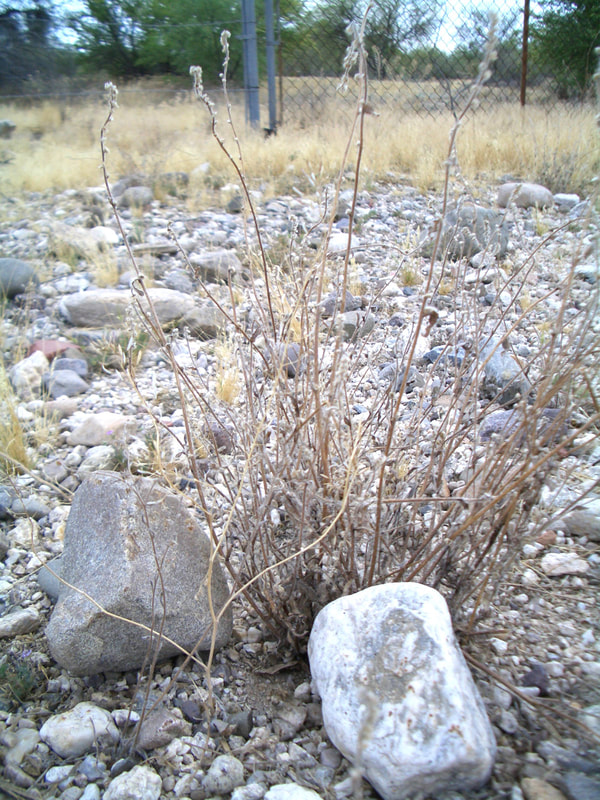








 RSS Feed
RSS Feed